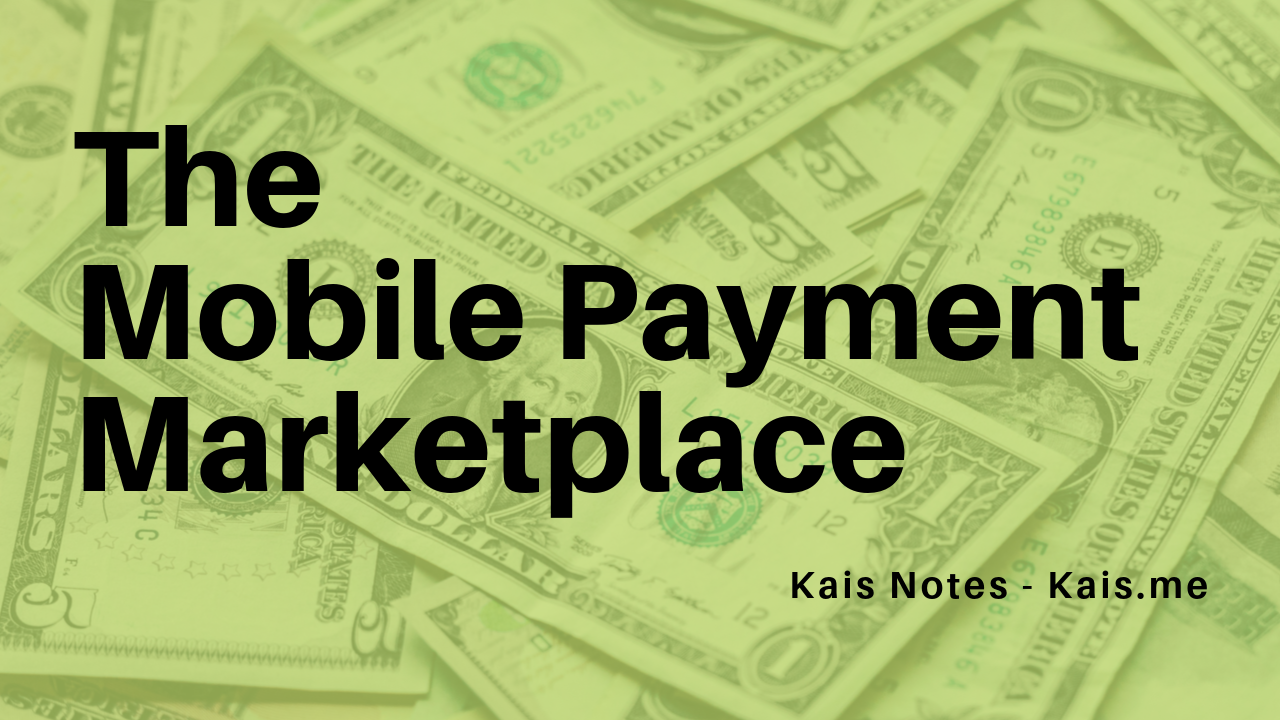Mobile Payments referred to as any form of money transfer that happens between two parties using a smartphone, tablet, or a smart watch. Many banks and credit card companies as well as other financial and technological companies have implemented the mobile payments technology into their mobile applications and mobile operating systems to provide their customers with the flexibility of sending and receiving money, buy merchandise, or receive payments directly from the palm of their hands. Companies like Apple, Google, Samsung, have built their own versions of the mobile payments systems aimed directly to their own customers, while other financial companies such as PayPal built mobile applications and systems that can work on all devices to achieve the same purpose. Even retailers such as Amazon, Best Buy, Target, and Walmart have included mobile payments solutions within their mobile applications to attract customers in order to shop more frequently and pay easily.
Mobile payments rely on the NFC technology, or Near Field Communication, which is based on a chip embedded into the mobile devices by the manufacturer, enabling them to communicate with each other or with payment terminals. The transactions between the two devices is secured, encrypted and can only be decrypted by the two devices communicating with each other. This feature makes the NFC mobile payments one of the most secure forms of digital payments nowadays.
There are currently over 2000 companies in the mobile payment marketplace, but only few that are considered big players and are competing directly with each other in many ways, such as offering customers different rewards, points, discounts and cash back options.
Those big companies and financial institutes can be categorized into three main categories:
1. Technology Companies: This category includes big tech companies like Apple with Apple Pay, Google with Google Pay, and Samsung with Samsung Pay. Other companies like FitBit and Garmin have also entered the market by offering FitBit Pay and Garmin Pay on their watches and fitness trackers. In addition to that, and in the US market, there are many other smaller companies such PayPal and Venmo, Square, and Cash App. And in other market such as in China there are companies like AliPay and WeChat Pay.
2. Large National Merchants: Large National Merchants, such as Walmart, Best Buy, and Amazon have launched their own versions of mobile and digital payments platforms in order to compete with each other and with other credit card companies. For example, Amazon Pay, a digital payment service from Amazon, allows Amazon customers to use the payment methods stored on their accounts to make payments for goods or services at 3rd party merchant websites or stores.
3. Banks and Credit Card Companies: Banks, such as JPMorgan Chase and Bank of America, and credit card companies, such as Visa and MasterCard, entered the digital payment market by offering their products to their customers via their mobile applications on iPhone and Android leveraging the NFC technology built-in in those devices to perform different financial transactions.
As mentioned earlier, the mobile payments market is very huge, and it is expanding, and the applications we’re seeing today is just the beginning of a bigger market we will be living in soon, so stay tuned!
